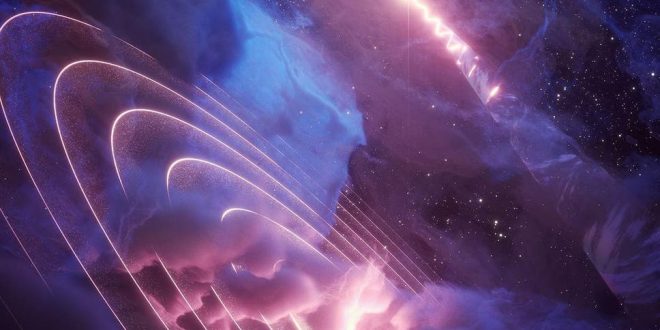Scientists have found an unusual, mysterious “heartbeat” coming from a cosmic gas cloud.
The cloud – which is otherwise unremarkable – seems to be “beating” along with the rhythm of a neighbouring black hole, researchers say.
As such, they appear to be connected to each other, the researchers write in a new journal paper. But it is not clear how the gamma-ray “heartbeat” of the cloud can be connected to the black hole, which lies 100 light years away.
The research team found the heartbeat after looking through ten years of data from Nasa’s Fermi gamma-ray space telescope. They were looking at a system known as S 433, about 15,000 light years away from us, which includes a giant star that is about 30 times the mass of our sun as well as a huge black hole.
Every 13 days, the black hole and the star orbit around each other. As they do, the black hole sucks material from the giant star.
“This material accumulates in an accretion disc before falling into the black hole, like water in the whirl above the drain of a bath tub,” said Jian Li, one of the researchers on the paper. “However, a part of that matter does not fall down the drain but shoots out at high speed in two narrow jets in opposite directions above and below the rotating accretion disk.”
That accretion disc is not exactly in line with orbit of the two objects. Instead, it sways over time like a spinning top that is not flat, and so the two jets spiral around in space rather than shooting out in straight lines.
Those jets sway over a period of about 162 days. And that same rhythm is seen in the gamma-ray signal in the cloud, relatively far from those jets, which would otherwise be unremarkable – but appears to be sending out an emission powered by the jets.
“Finding such an unambiguous connection via timing, about 100 light years away from the micro quasar, not even along the direction of the jets is as unexpected as amazing,” says Li. “But how the black hole can power the gas cloud’s heartbeat is unclear to us.”
The Independent
 Lebanese Ministry of Information
Lebanese Ministry of Information



